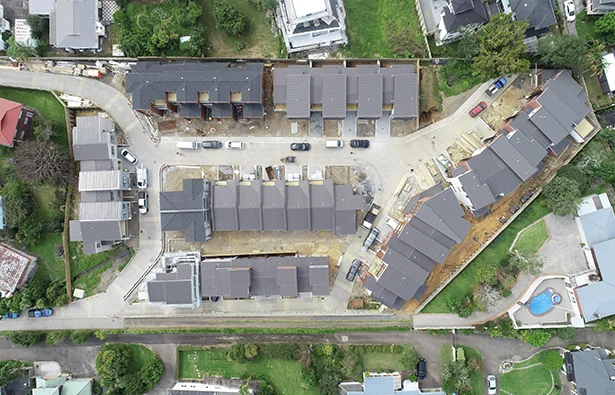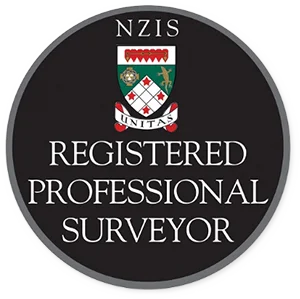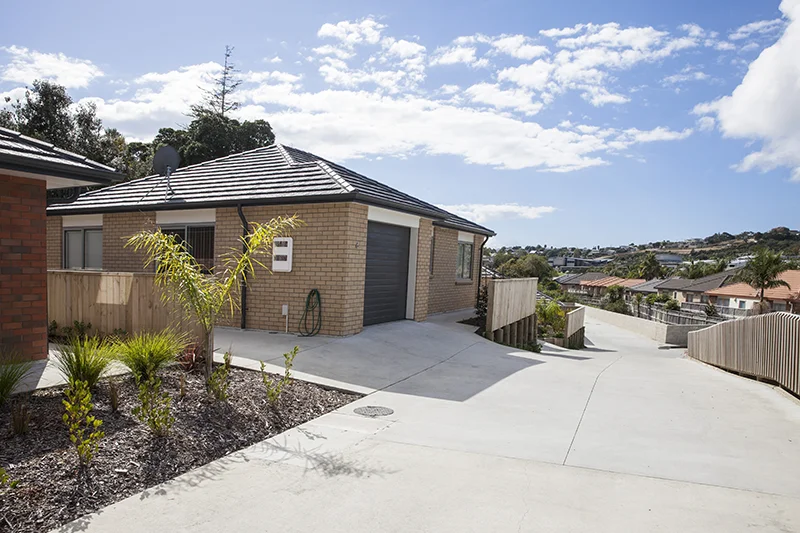
Types of freehold subdivision in Auckland
There are a number of different types of freehold subdivision. While they are very similar, each uses a slightly different subdivision process.
Thornley and Associates have experience and expertise in all subdivision types. Here are three common types of subdivision.
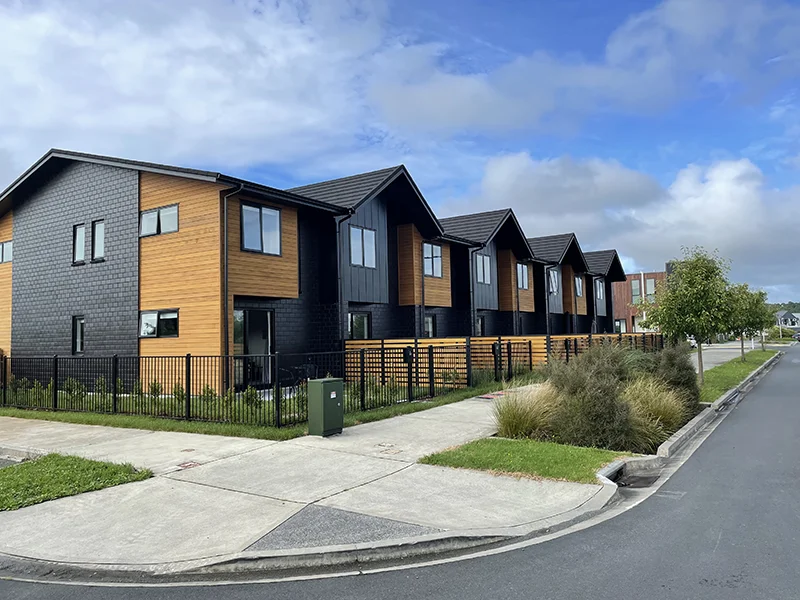
Infill Urban Subdivisions
Infill subdividing in Auckland involves subdividing an existing urban section into additional lots.
This can be a simple subdivision involving the separating off of the rear part of a section to create a vacant lot or it can involve the design of a new dwelling.
The most common subdivision process in Auckland today is an integrated infill land development that involves the construction of terraced housing and the surveying for multiple new lots.
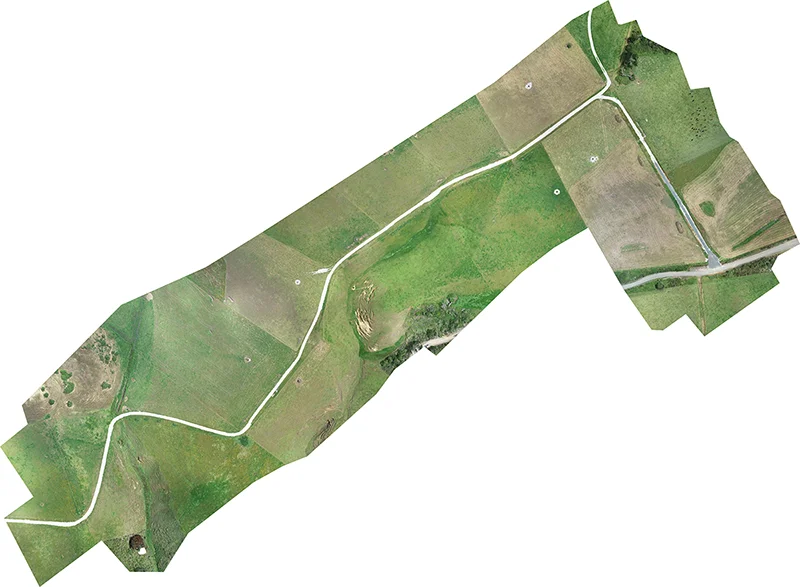
Rural Subdivisions
As Auckland expands in size, more rural land is being subdivided, sometimes into small lots similar to an urban development and sometimes into larger lifestyle blocks. Each District Plan will have specific rules that must be followed when subdividing rural land. These rules will vary from site to site depending on the zone.
As experienced cadastral surveyor, Thornley and Associates will guide you through your options and will prepare plans and your application for your submission to Council in order to obtain the required Resource Consent.

Large Urban Subdivision Developments
Changes in the Auckland Unitary Plan has resulted in a large number of sizable urban subdivisions across the city. These can be complex because of the need to adhere to Council standards and design and install necessary servicing. We have years of experience in this type of subdivision, however, and can handle the surveying of any sized development.
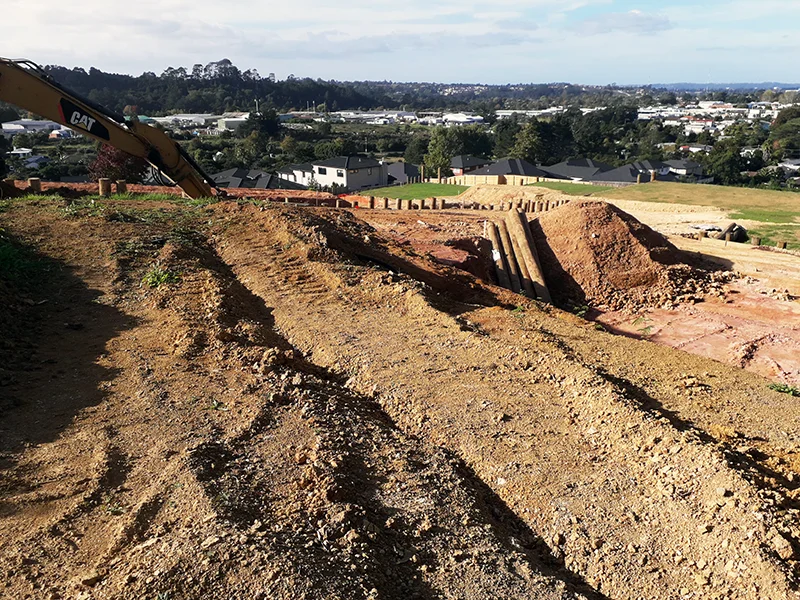
How do I subdivide a piece of land?
Any subdivision requires the consent of the local council, no matter how minor, and this is achieved by submitting an application for subdivision consent to the Council.
Whatever the size of your subdivision project, the process will be basically the same. Before you can build on the land you must:
- Obtain the relevant Council Consents.
- Construct the necessary vehicle access and services.
- Lodge the completed Survey Plan with Land Information New Zealand (LINZ).
Your first step will be to engage a surveyor who can complete the feasibility work to ensure the land can be built on, and that your architect can maximise the use of the land. With over 50 years’ experience to draw on, we can advise you through this process to ensure everything goes to plan.
Freehold Subdivision FAQ
What is the cost of converting a cross lease to fee simple title?
The cost to convert a cross-lease to a fee simple title can vary widely depending on several factors, including the complexity of the conversion, location, legal fees, surveying costs, and other associated expenses.
Fees for the Resource consent application, Land Transfer Survey, Council fees and LINZ fees for converting a cross lease to fee simple title would be approximately $15,000 + GST per flat/title. For example, one cross-lease property converted into two fee simple/freehold titles would be roughly $25,000-$30,000 + GST total. However, an accurate quote would be provided on a site-by-site basis. This excludes legal fees.
What does a survey cost?
The cost of a survey can vary depending on the type of survey, the size of your property and the age of the underlying and surrounding survey data related to your property. We can provide an estimate of survey costs at the start of a project.
When will I need a topographic survey?
Generally, land development and subdivisions projects require a topographical survey to position key features, such as buildings and drainage, and take levels over the site. The topographic survey information is then provided to other disciplines e.g. Architects, involved in the design of your development.
Do I need a land surveyor?
If you are subdividing or pegging your boundaries you require a Licensed or Registered Professional Surveyor to undertake a land transfer survey to legally define your new or existing parcel of land.
What is the resource consent process?
Once your development has been designed a resource consent application is prepared and lodged with Council. Council access the application and if they are unclear about any matter in that application they may ask for additional information under a section 92 request. Once Council is satisfied, they will approve the resource consent application.
The Subdivision Process
The subdivision surveying for every land development we undertake follows the same five-step process to ensure complete transparency and satisfaction for every Thornley and Associates client.
Book A Free Desktop Assessment!
Get honest feedback about the feasibility of your project from highly experienced registered professional surveyors.

